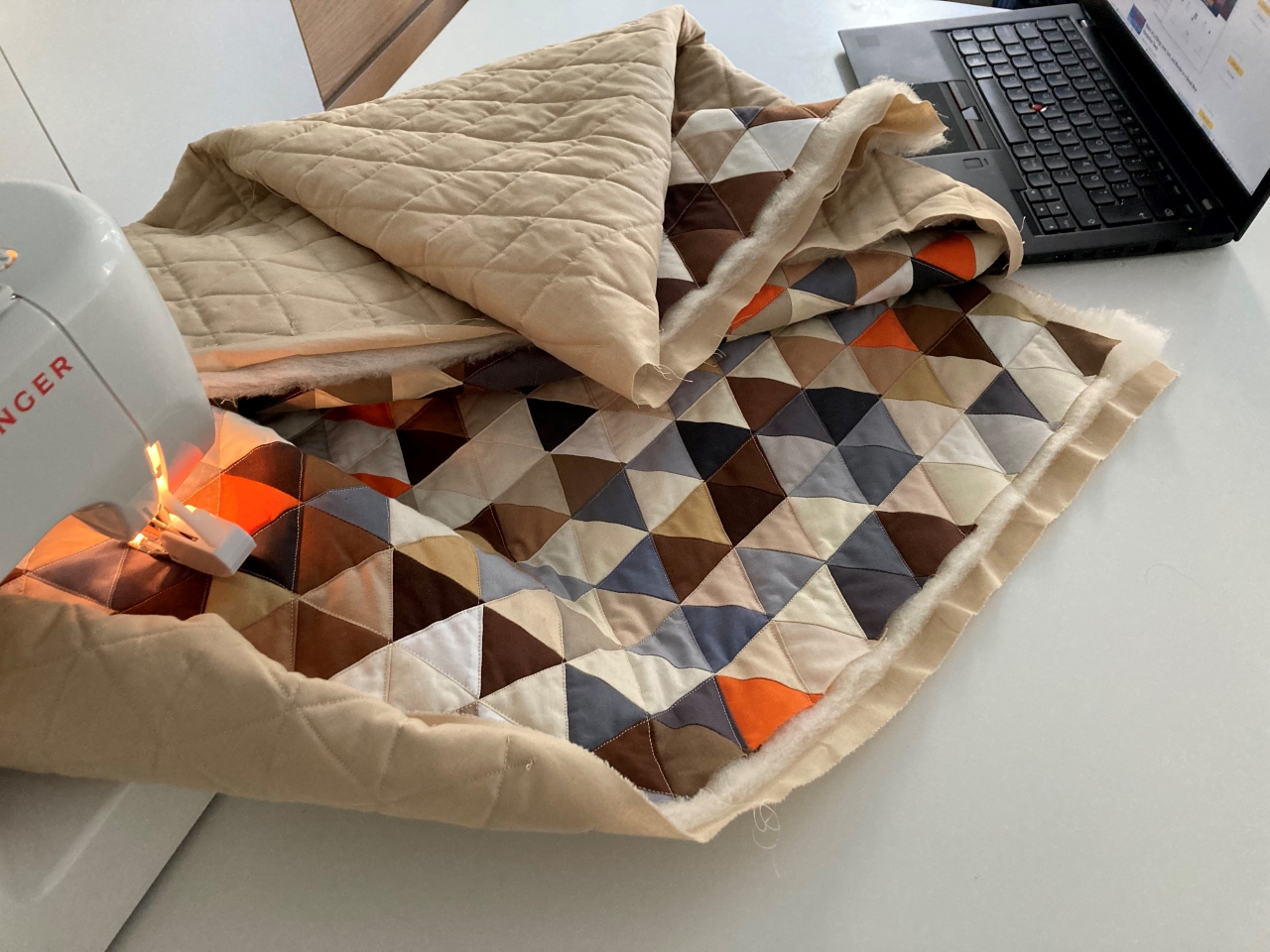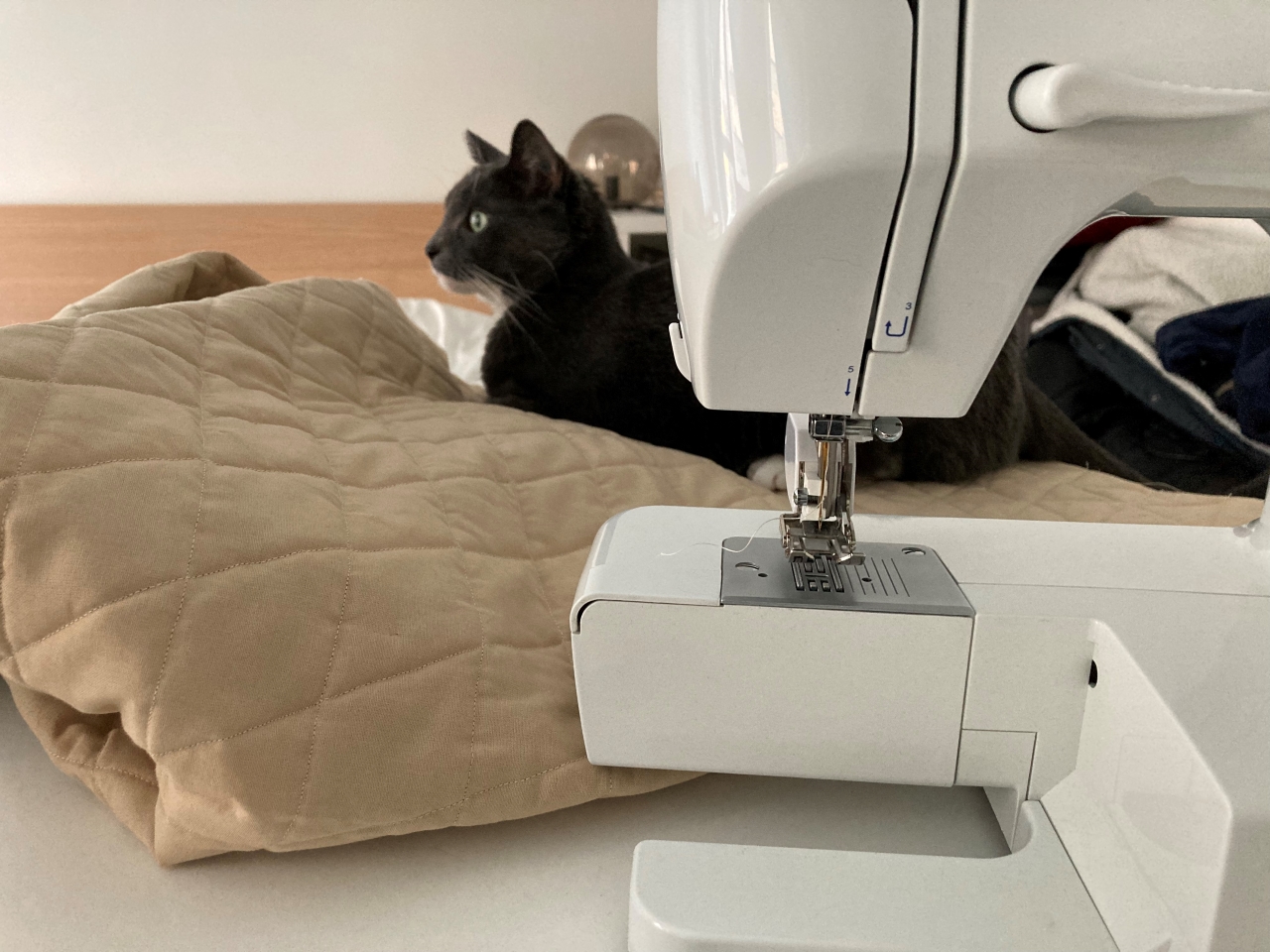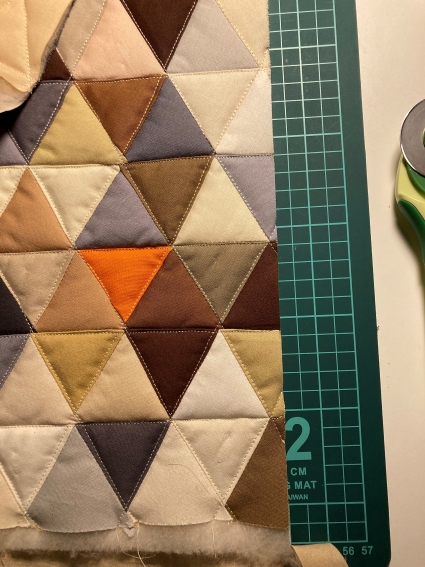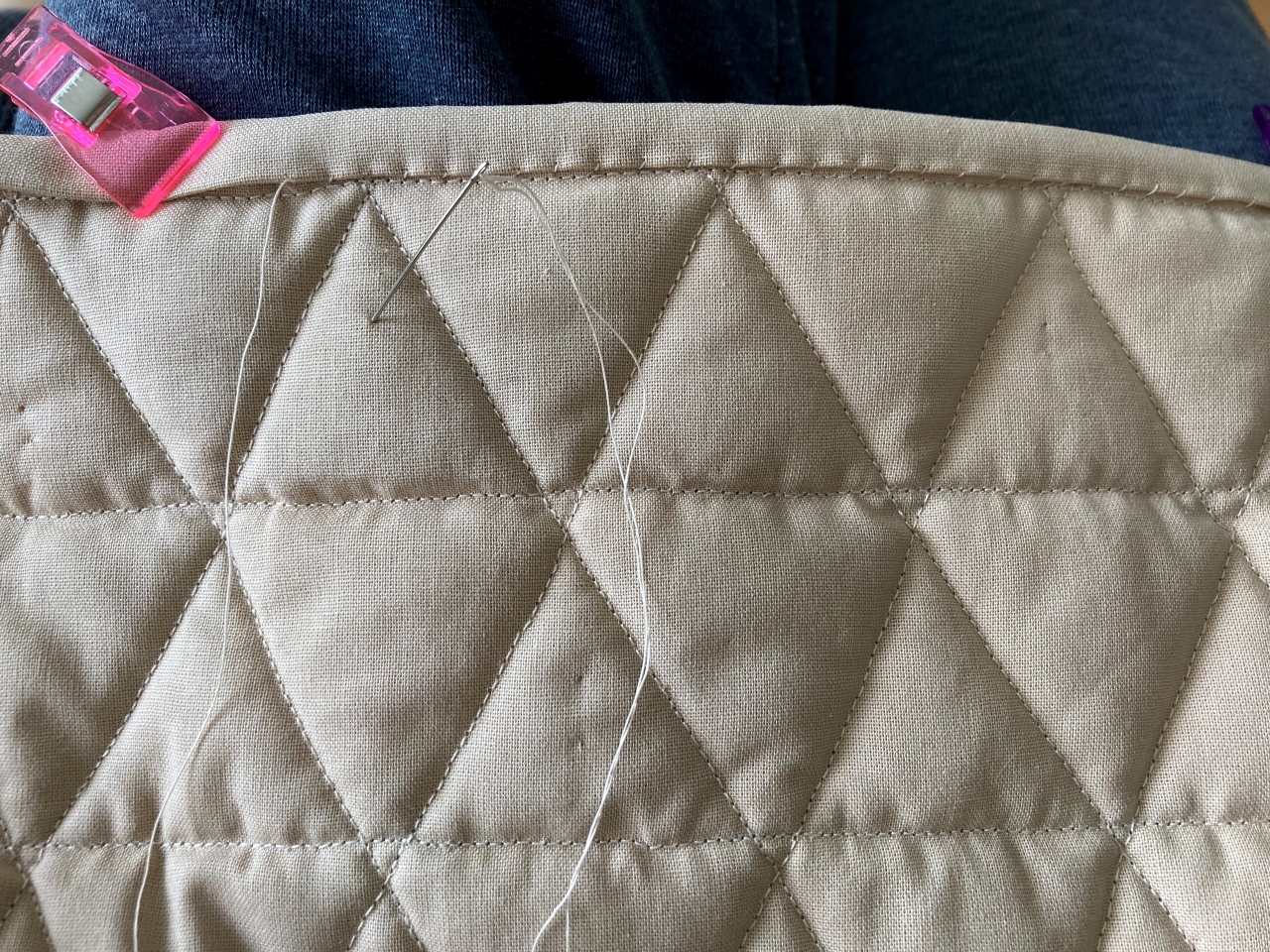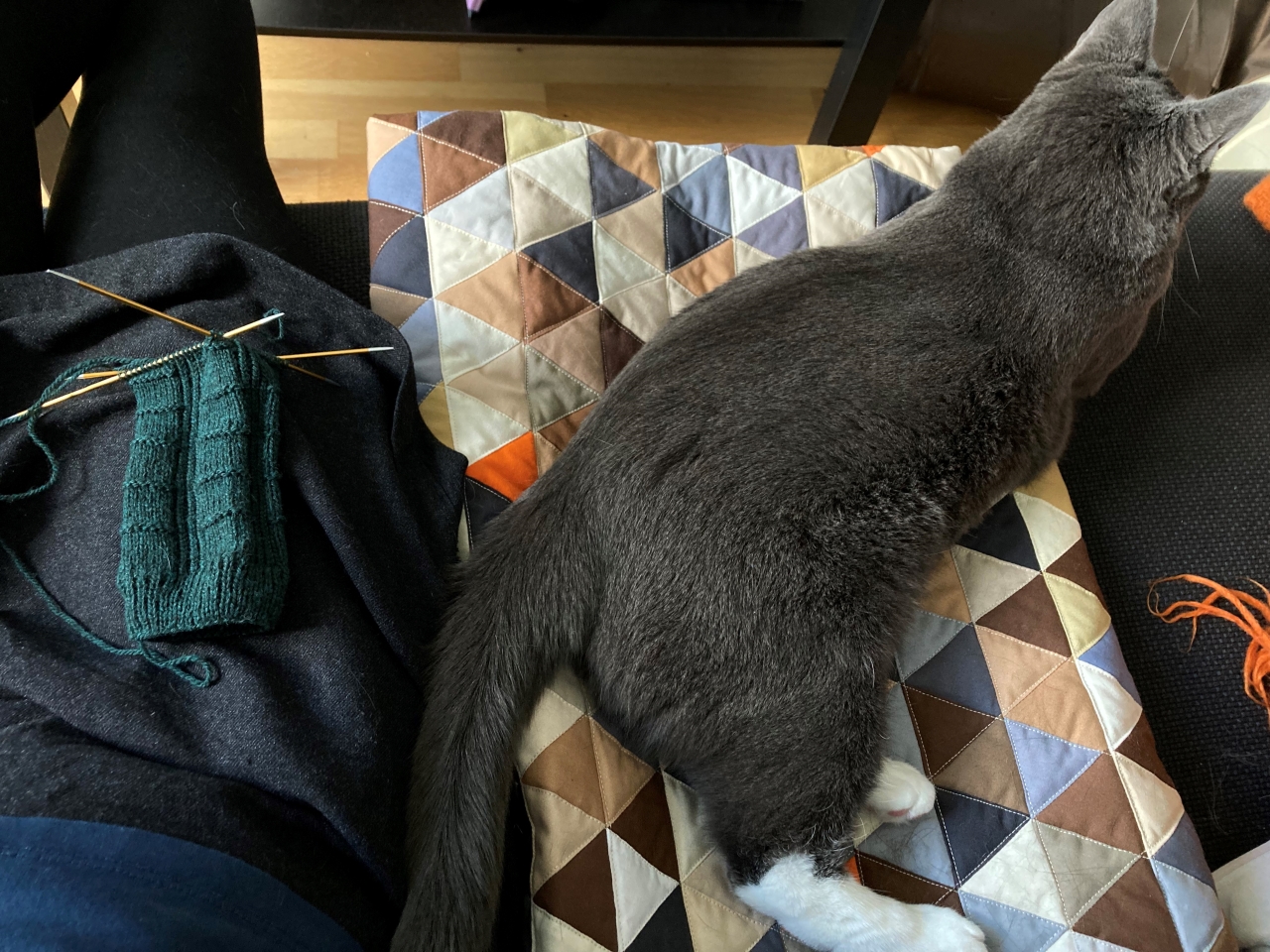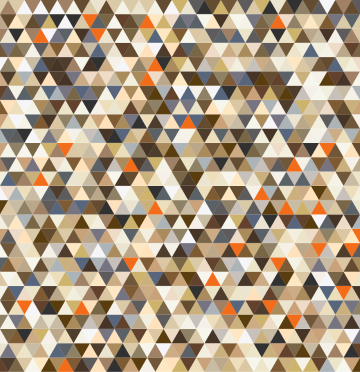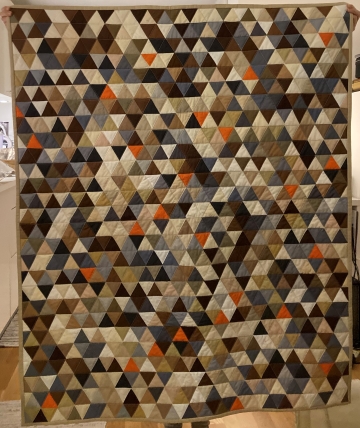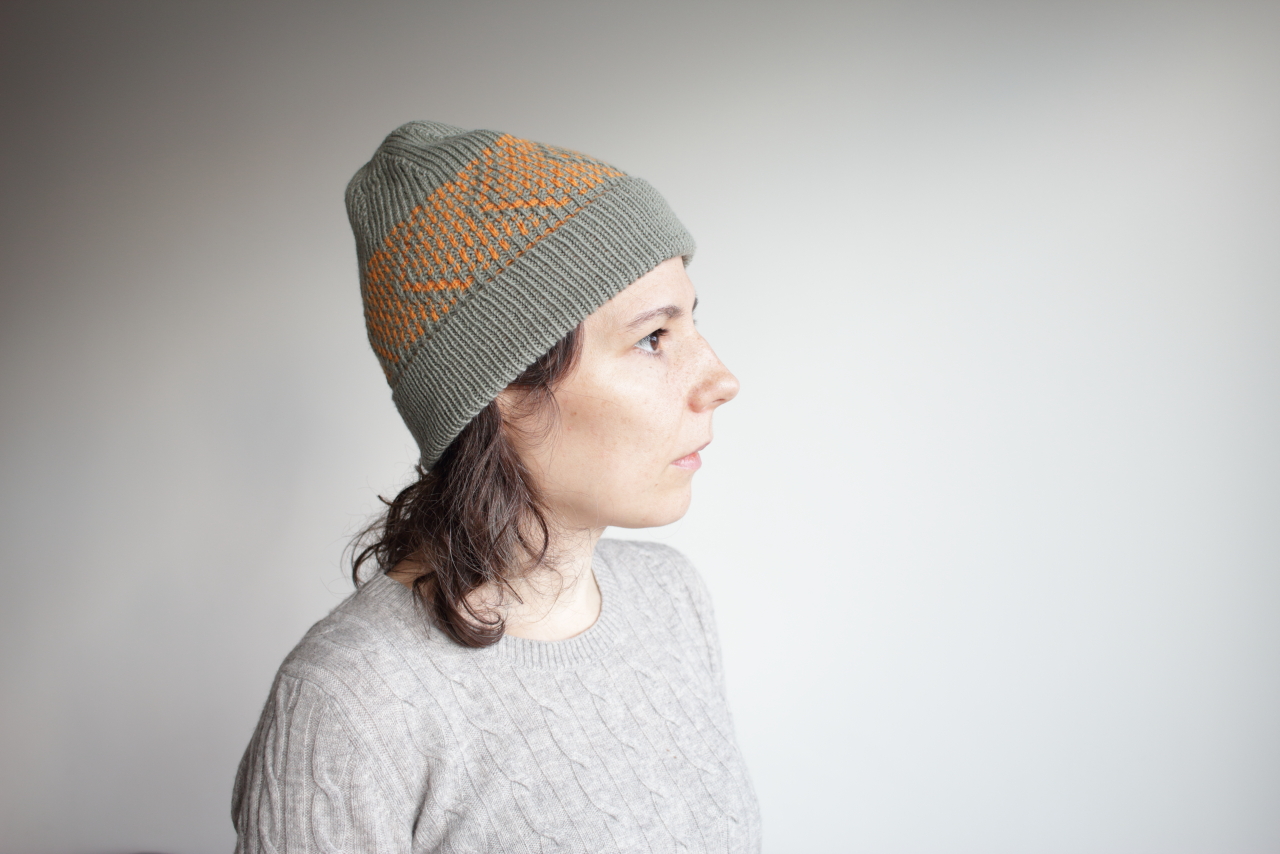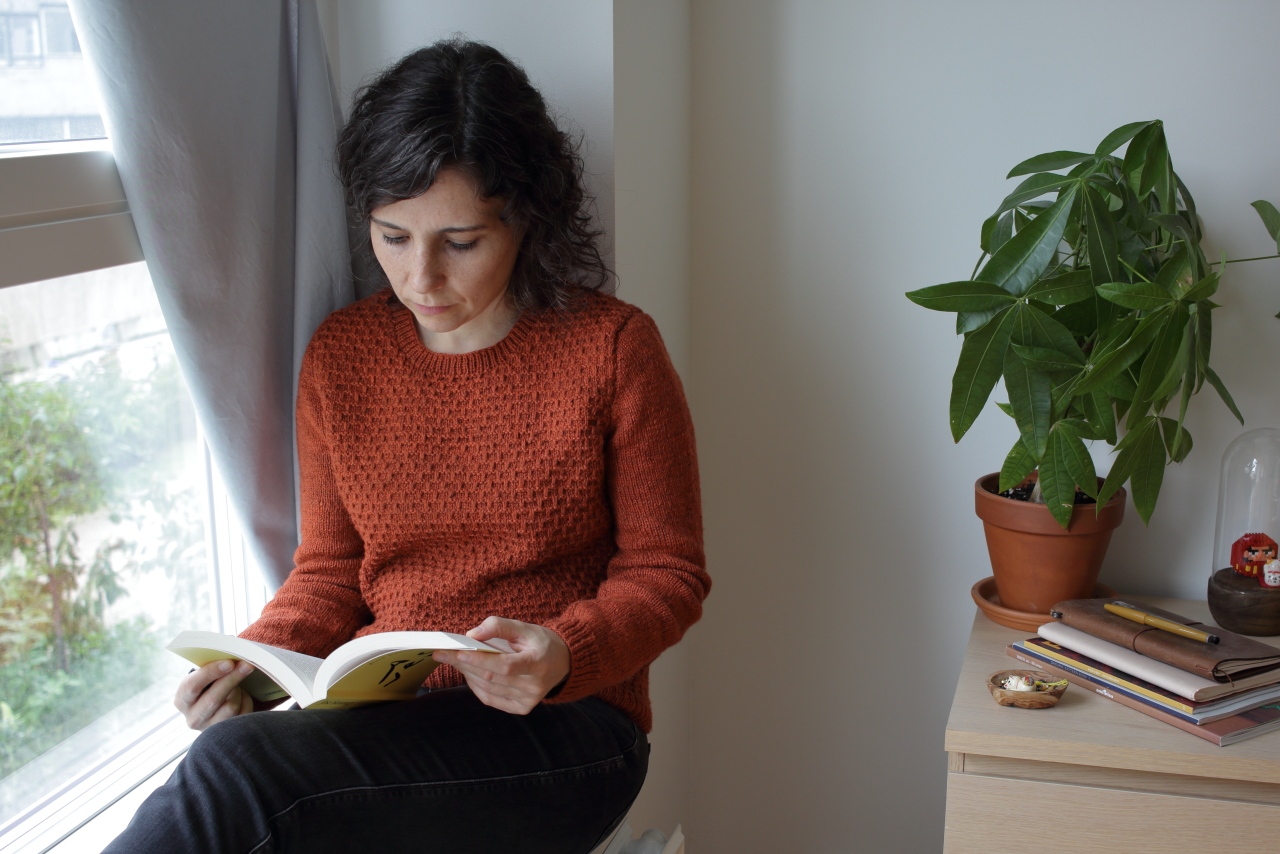Gauge swatching
Small differences add up
No one likes to knit gauge swatches. Let’s face it, you are essentially knitting a square that in the future will serve no purpose. Unfortunately sometimes you just need to knit a stupid square. Hopefully this post will illustrate what might happen if you skip it.
A few swatches I’ve knit throughout the years:
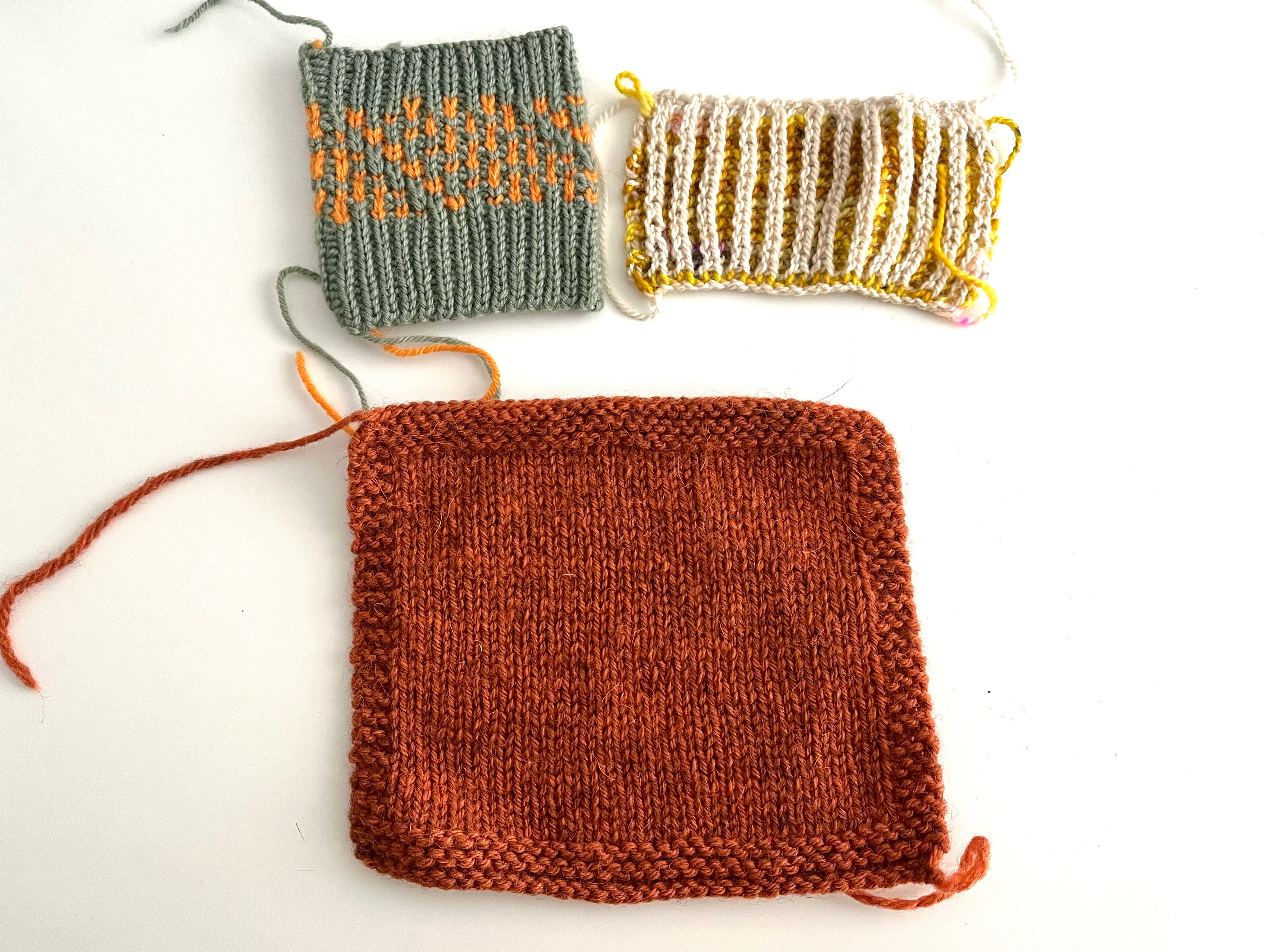
Gauge in 10cm/4in
If you are intending on knitting a pattern that provides a gauge, knit a swatch in pattern by casting on the gauge’s stitches and knit the gauge’s rows. Usually the pattern will tell you which stitch to use for the swatch.
99% of the time* the swatch will be a square of 10x10cm or 4x4in (*source missing). We usually also add 3 sts at the beginning and end of the row, to be knit in garter stitch; the same is done at the beginning and ending of the swatch where you knit 6 rows in garter stitch. This prevents the fabric from rolling on itself if you are knitting in stockinette stitch, thus making it easier to measure.
If your swatch matches the designer’s, perfect! 😌 You can start your project and it’s the most magical feeling.
If it doesn’t, you will want to check how different the final piece will be. That’s what the rest of this post is about.
Input the pattern’s gauge and your swatch dimensions:
Your gauge is: sts x rows.
The larger the piece the worse the problem becomes. Here are a couple of examples to illustrate the difference it will make on the final piece:
Example 1: If you are required to cast on 40sts and knit 35rows:
Size for pattern's gauge
cm x cm
Size for your gauge
cm x cm
Difference
cm in Width, cm in Length
Example 2: You have to cast on 100sts and knit 85rows:
Size for pattern's gauge
cm x cm
Size for your gauge
cm x cm
Difference
cm in Width, cm in Length
Pattern's required stitches and rows
Size for pattern's gauge
cm x cm
Size for your gauge
cm x cm
Difference
cm in Width, cm in Length

